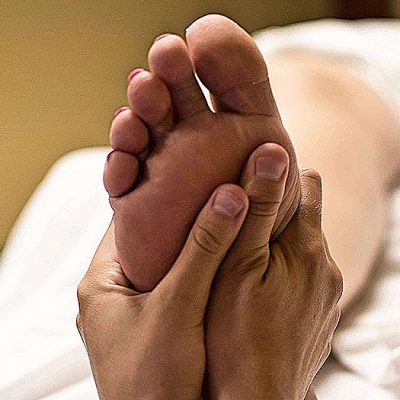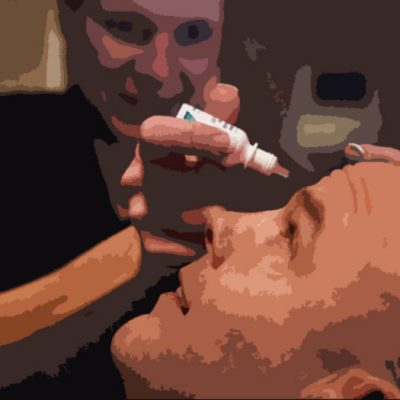Low Back Pain: Why So Many Have It
It’s estimated that 80% of people will experience low back pain at some point. With our modern lifestyle, lower back pain has become a widespread issue. Understanding the warning signs and causes can help you actively manage your body and back.
Initial Warning Signs
Recognising the early signs of lower back pain can help prevent it from becoming a chronic issue. Initial warning signs to watch for include:
- Stiffness in the lower back: Especially in the morning or after long periods of inactivity.
- Mild, persistent pain: A dull ache that doesn’t improve with rest or gentle movement.
- Discomfort after sitting or standing: Pain that worsens after maintaining the same posture for extended periods.
- Limited range of motion: Difficulty bending, twisting, or lifting without discomfort.
If these signs persist, it’s a good idea to seek medical advice to address the problem early on.
Red Flags
Certain symptoms with lower back pain can indicate a more serious underlying condition. If you experience any of the following, seek medical attention immediately.
- Sudden or severe weakness in legs
- Loss of bladder or bowel control
- Unexplained weight loss
- Fever with back pain
- History of cancer
- Persistent pain not relieved by rest
These red flags could point to conditions like spinal infections, fractures, or even tumours, which require prompt medical intervention.
Sources: NHS – Back Pain, Mayo Clinic – Back Pain, Cleveland Clinic – Low Back Pain
Disc or Muscle?
How do I know if my back pain is a disc or muscle? Determining the cause of pain is fundamental to getting the right treatment. Here’s a quick checklist to help you figure it out.
- Muscle Pain:
- Dull ache or soreness in the lower back
- Localised discomfort, worse with movement
- Improves with rest or stretching
- Disc Pain:
- Sharp, radiating pain, possibly down the legs
- Tingling or numbness, especially in the legs
- Worsens when bending or sitting for long periods
If your pain matches the disc-related symptoms, it’s advisable to see a healthcare professional for further evaluation.
Why? Decreased Exercise and Increased Stress
Our spines are strong and flexible by nature, designed to bend and support significant weight. A healthy spine can bend significantly and support over 50 kg. It’s meant to move regularly and relax when not in motion. However, modern life often disrupts these natural functions.
We don’t always exercise our lower spine through its full range of motion, and stress keeps our muscles tense even when we’re sitting. Poor exercise technique can also lead to injury, with weekend sports or gardening often resulting in lower back pain.
Common Reasons for Lower Back Pain
Several factors contribute to low back pain, many of which are manageable.
- Posture and poor alignment. Bad posture strains muscles and ligaments, weakening them and forcing the vertebrae to carry excessive weight. This leads to premature spinal degeneration and pain. This is why many take up injury prevention programs.
- Overexertion. Ignoring subtle pain signals while overworking our back can result in muscle strain.
- Emotional stress and muscular tension. Chronic stress contracts muscles, leading to poor blood circulation, pain, and joint misalignment.
- Degenerative wear and tear. Arthritis, osteoporosis, and disc damage from natural aging are common causes of low back pain.
- Bulging or herniated discs. A small percentage of lower back pain stems from this condition, which can cause severe pain.
- Structural abnormalities. Conditions like scoliosis or spondylolisthesis can cause lower back pain and are visible on x-rays.
- Traumatic injuries. Car accidents, industrial mishaps, and sports injuries are common sources of traumatic back pain.
No matter the cause, low back pain can be debilitating. Proper spine care and early treatment can help prevent chronic pain.
Low Back Pain is Often Chronic
A 5-year study of 813 people aged 30 to 50 highlighted the chronic nature of low back pain. Those with LBP during the previous year were:
- four times more likely to experience it in the first year of the study
- twice as likely to suffer from it five years later
- over a third had pain for more than 30 days
- 40% still had pain at the study’s conclusion.
Source: Journal of Manipulative and Physiological Therapeutics
Lower back pain should not be dismissed as a temporary issue. It often returns, with periodic remissions, but doesn’t resolve on its own. Even if symptoms seem to subside, the underlying problem may persist.









